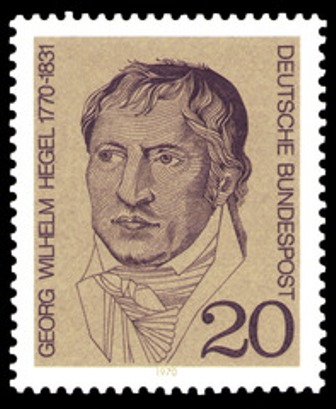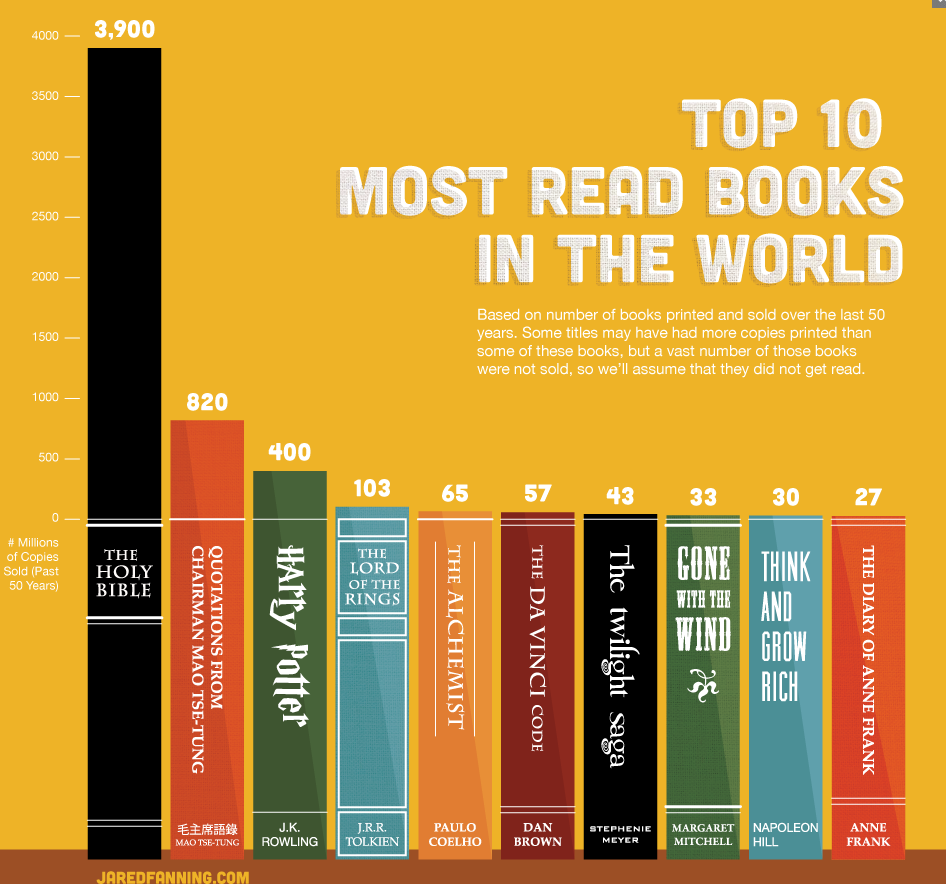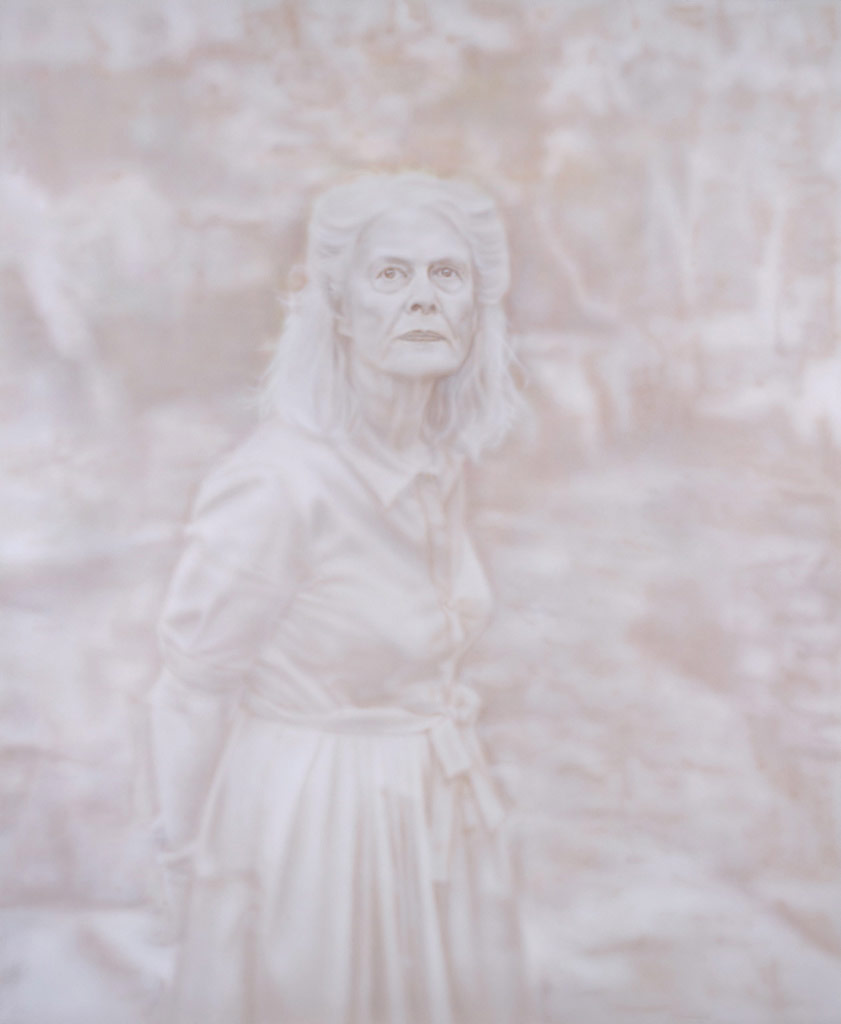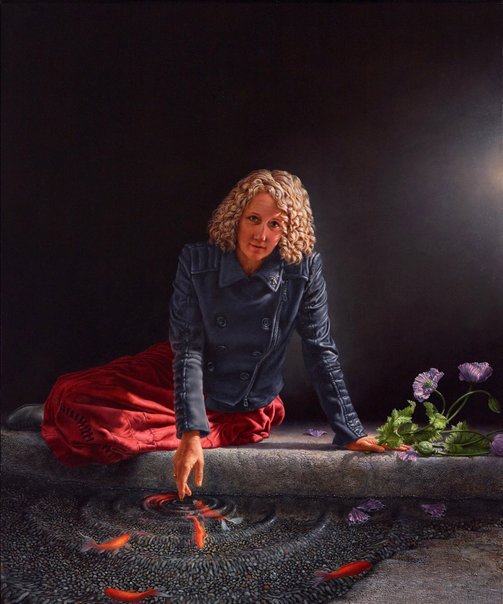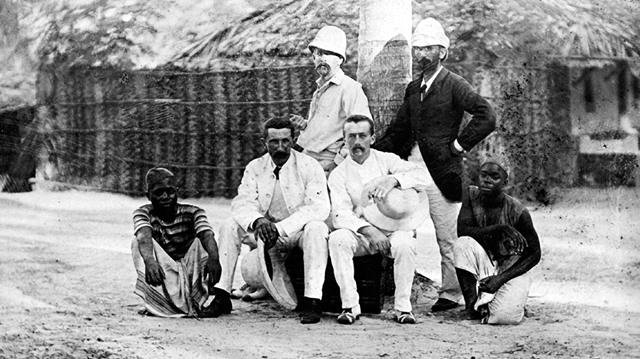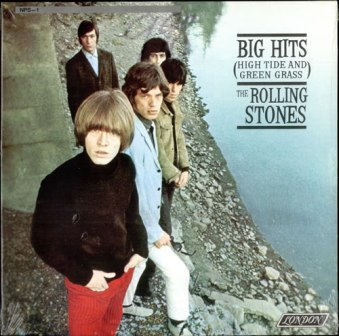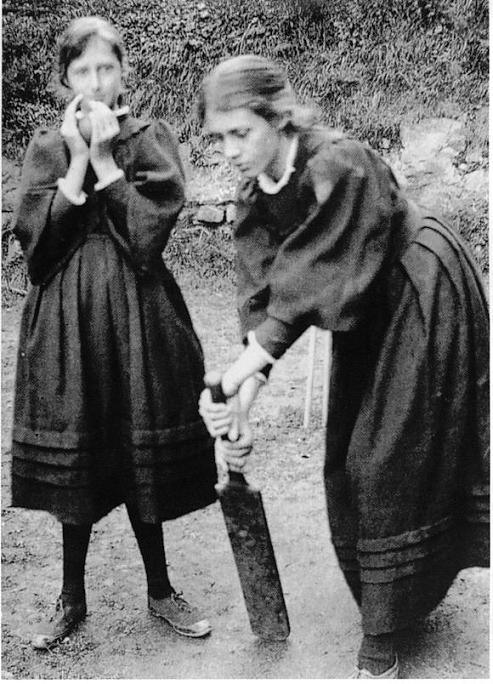This article has been published in the current issue of the Advocate (Baptist Churches WA, February, 2015)as "Courage & Compassion: Faith in Times of Terror."
2014 was a tough year: the mysterious loss of MH370, the criminal shooting of MH170 over Ukraine, terrible conflicts in Syria and Palestine, ebola, the devastation of the murderous Islamic State, the siege in Sydney’s Lindt Café, the murder of 132 children and nine teachers in a Pakistani school, the tragic killing of eight children in Cairns…
2015 has started in a similar way with the murder of Parisian journalists, and slaughter of over 2000 villagers in Nigeria by Boco Harum. What does discipleship look like in days of terror?
We find some answers to these questions in Psalms 8-11. This little collection meditates on what it means to trust God in terrible times. Psalm 8 speaks of our dignity as God’s creation, crowned with glory and honour. Psalms 9-10, however, cry out to God because the “man who is of the earth” is violent, causing terror. In Psalm 11 the king’s counsellors ask, “If the foundations are destroyed, what can the righteous do?” and advise him to “flee as a bird to your mountain!” But David refuses to go; even in the face of threatening and dangerous circumstances David is convinced that the Lord reigns, that God will ‘arise’ to judge the wicked and put an end to their evil. And so David trusts and David stays.
Taken together, these psalms provide a vision of life for uncertain times. They proclaim hope in the present and eschatological triumph of God who is enthroned in his holy temple, and who will establish his sovereignty over all creation. Further, the psalms declare the promises that God will be a refuge for his people, and that they shall experience his protection and reward; the Lord loves righteousness and the righteous will behold his face.
This is the bedrock conviction of biblical faith: The Lord reigns! (see Psalm 96:10; Isaiah 52:7). This conviction, deeply grounded in the Scriptures, generates faith and trust, and so also the prayer, patience and courage we find in these psalms.
Further, these psalms present a picture of God’s character as one who is merciful and just, who favours the vulnerable and stands against the wicked. God’s people are called to emulate this character. If God loves justice, his people will aspire to live justly. Since God cares for the vulnerable and shelters the oppressed, so his people will also learn compassion for the afflicted. Over against the pride, greed and violence of the wicked, God’s people will practise humility, contentment, gentleness and peace. They will, however, also stand against the oppressor to defend the needy.
Finally, the psalms presuppose a faithful community which preserves and sings these psalms and prays these prayers, and remembers these promises, and lives this hope. Together the people of God dare to embody the vision of Scripture in the midst of a world of conflict and terror. In particular, they pray as the psalmist prays, crying out for God to ‘arise,’ or, in New Testament language, to pray Thy Kingdom come! Like David they refuse to flee. Rather, they stay as David stayed. The community of God’s people will be present to the afflicted, ministering to them and in solidarity with them. They will also be present to the wicked as a testimony against their ways. They not only pray Thy Kingdom come! but live the ways of the kingdom. In the midst of a world of violence and terror Christians are called to be prayerful, present, and practising the gracious and righteous character of God.

